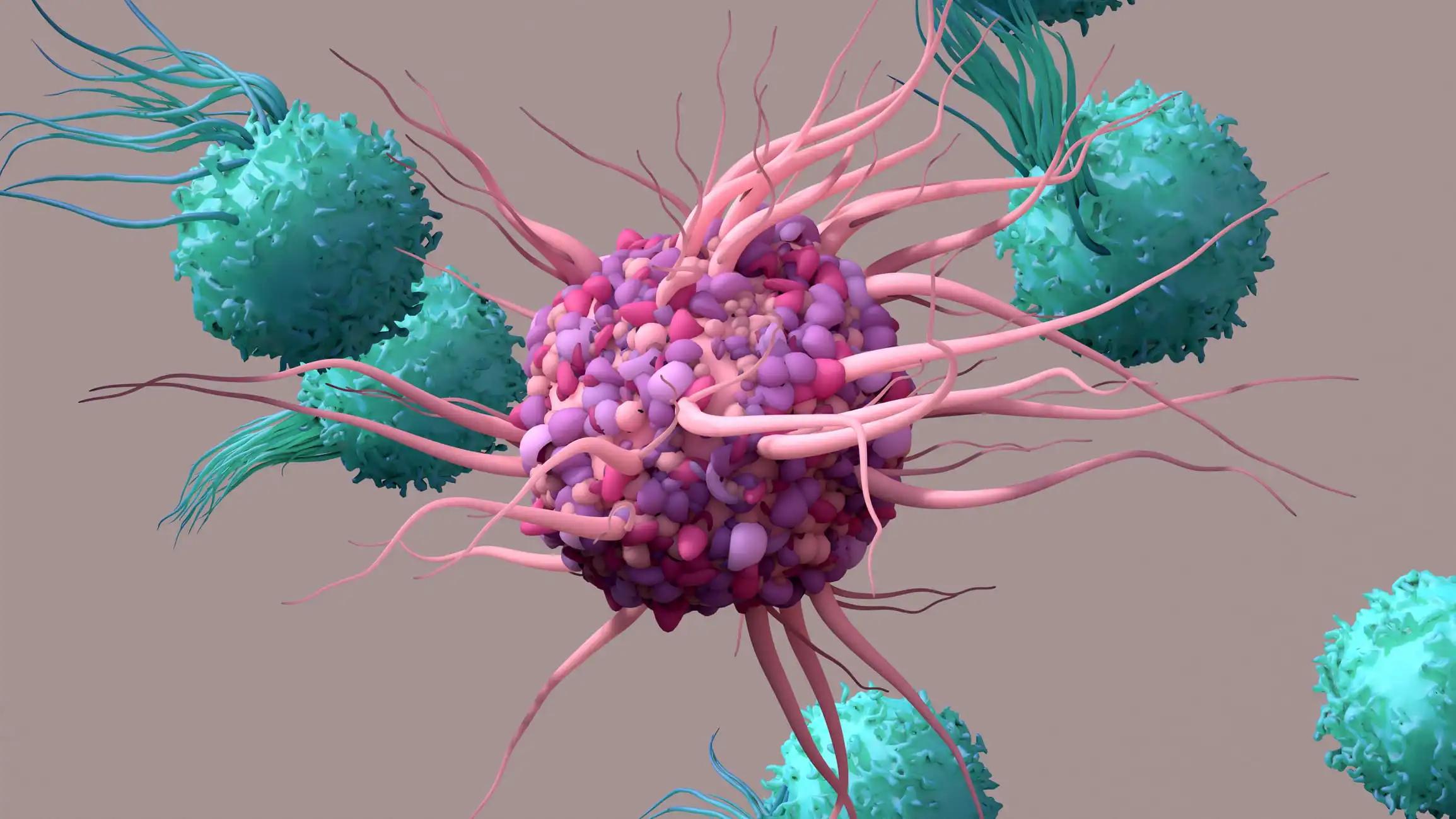KEY TAKEAWAYS
- OCTANE is an observational study aimed to evaluate the NGS role in advanced solid tumors in Ontario, Canada.
- The study’s primary outcomes were the mean per capita health care costs, OS, clinical trial enrollment, and EOL quality metrics.
- The study found NGS testing for advanced cancers resulted in higher costs but not longer survival. This was linked to trial enrollment, lower drug costs, and fewer in-hospital deaths.
Economic analyses of NGS have used models with many assumptions, and there is limited real-world evidence on overall survival (OS), clinical trial enrollment, and end-of-life(EOL) quality of care. Researchers aimed to evaluate the NGS role in advanced solid tumors in Ontario, Canada.
The study used linked administrative data, employing propensity score matching. Patients (pts) at Princess Margaret Cancer Centre (from August 2016 to March 2019) who underwent NGS panel testing (555 or 163 gene panels) were matched with comparable controls from Ontario who were not part of OCTANE. The matching process considered 19 variables, including age, sex, residence, tumor site, symptom burden, income quintile, comorbidities, and prior systemic therapies. Primary outcomes assessed were average per capita healthcare costs (in 2019 Canadian dollars [CAD]), OS, clinical trial involvement, and EOL quality indicators. A complete 2-year follow-up dataset was utilized, and sensitivity analyses were performed using alternative cohort matching criteria.
Around 782 OCTANE pts were matched with 782 controls. After matching, variables were balanced (standardized difference [std. diff.] < 0.10). Common tumor sites were ovary (30.4%), endometrium (15.0%), breast (12.3%), and colon (8.6%). Pts had higher mean healthcare costs than controls ($79,702 vs. $59,550), primarily due to oncology visit costs ($33,165 vs. $26,197), outpatient clinic visits ($8,696 vs. $5,114), and emergency visits ($1,723 vs. $1,373) (all P< 0.05). Publicly funded drug costs were lower for OCTANE pts ($20,015 vs. $24,465).
The result demonstrated enrollment did not show improved OS (restricted mean survival time (RMST) [standard error]: 1.50 (±0.03) vs. 1.44 (±0.03) years, log-rank P=0.153). However, OCTANE was linked to extended OS in ovarian cancer (RMST: 1.69 (±0.05) vs. 1.45 (±0.06) years, P=0.011) and biliary tract tumors (RMST: 1.16 (±0.13) vs. 0.80 (±0.11) years, P=0.02). OCTANE correlated with higher clinical trial participation (25.5% vs. 9.5%, P<0.001) and improved EOL quality due to fewer in-hospital deaths (10.2% vs. 16.4%, P=0.003). Sensitivity analyses supported these findings.
The study found that NGS testing for advanced cancers raised healthcare costs, with OS impact varying by tumor type. This was linked to more trial enrollment, lower drug costs, and fewer in-hospital deaths, emphasizing NGS value for advanced cancers.
Source: https://ascopubs.org/doi/abs/10.1200/JCO.2023.41.16_suppl.6650
Clinical Trial: https://clinicaltrials.gov/study/NCT02906943
Alberto Hernando-Calvo, Paul Nguyen, Philippe L. Bedard, Kelvin K. Chan, Ramy R. Saleh, Deirdre Weymann, Celeste Yu, Eitan Amir, Dean A Regier, Bishal Gyawali, Danielle Kain, Brooke Wilson, Craig Earle, Nicole Mittmann, Albiruni Ryan Abdul Razak, Trevor John Pugh, Christine Williams, Lillian L. Siu, Timothy P. Hanna, and on behalf of the OCTANE Outcomes Collaboration. DOI: 10.1200/JCO.2023.41.16_suppl.6650 Journal of Clinical Oncology 41, no. 16_suppl (June 01, 2023) 6650-6650.



